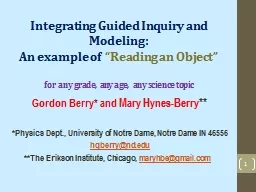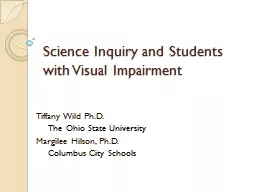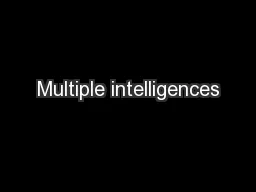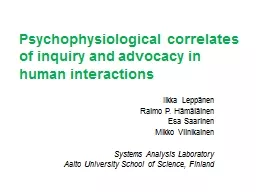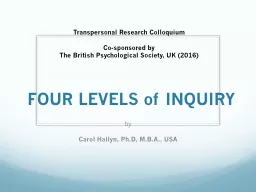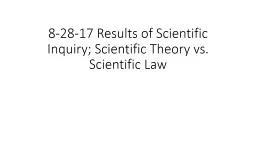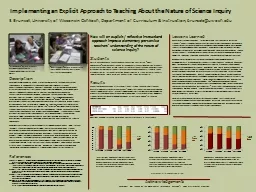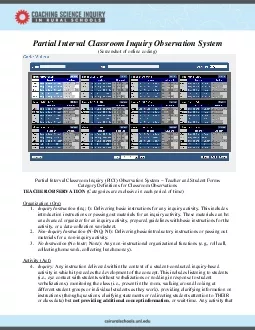PPT-Intrapersonal emotional responses to inquiry and advocacy
Author : marina-yarberry | Published Date : 2018-10-09
Ilkka Leppänen a Raimo P Hämäläinen b Esa Saarinen b Mikko Viinikainen b a School of Business and Economics Loughborough University UK b Systems Analysis
Presentation Embed Code
Download Presentation
Download Presentation The PPT/PDF document "Intrapersonal emotional responses to inq..." is the property of its rightful owner. Permission is granted to download and print the materials on this website for personal, non-commercial use only, and to display it on your personal computer provided you do not modify the materials and that you retain all copyright notices contained in the materials. By downloading content from our website, you accept the terms of this agreement.
Intrapersonal emotional responses to inquiry and advocacy: Transcript
Download Rules Of Document
"Intrapersonal emotional responses to inquiry and advocacy"The content belongs to its owner. You may download and print it for personal use, without modification, and keep all copyright notices. By downloading, you agree to these terms.
Related Documents



